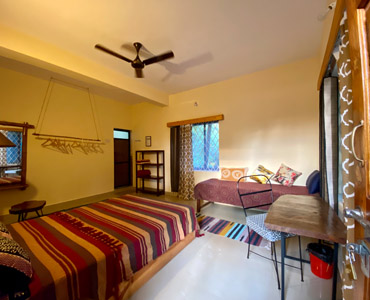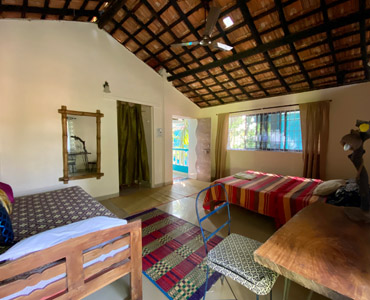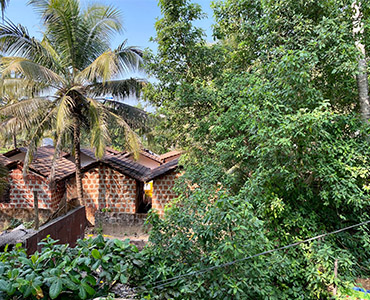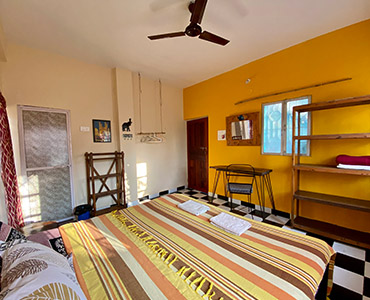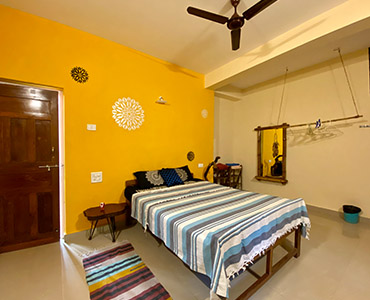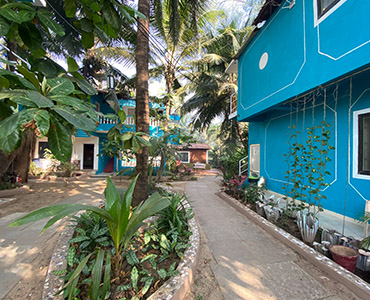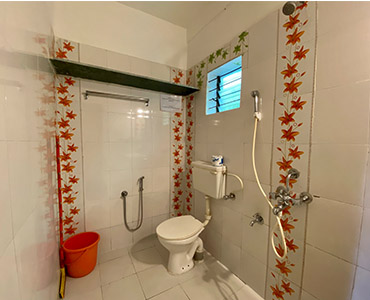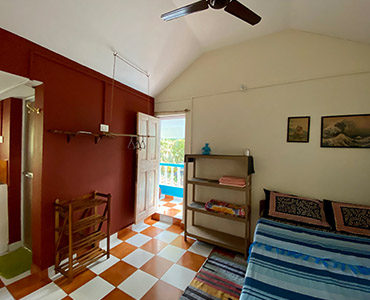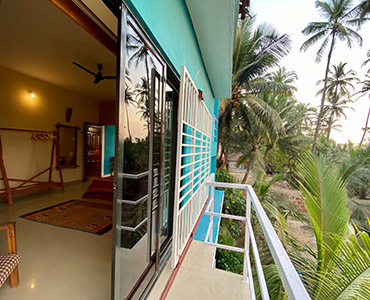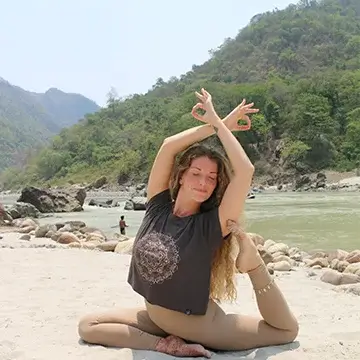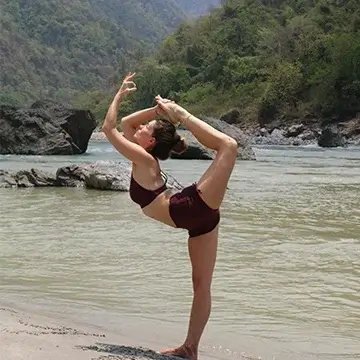200 Hour Yoga Teacher Training In Goa - Overview
Our renowned yoga school is offering it’s 200 Hour Yoga Teacher Training in Goa at Goa Yoga Teacher Training Center. The Course is a multi-style traditional Yoga teacher training course taught by well educated yoga teachers who are always happy to help their students.
The 200 Hour Yoga teacher training in Goa is specifically designed to impart the yogic knowledge and wisdom to beginners and intermediate learners. Each year students from all over the world visit Goa Yoga Teacher Training Center.
This yoga teacher training is a great choice for those who want to become a yoga teacher and help share this ancient Indian art all over the globe. Opting this course will not only help you become an expert yoga teacher, but you will also attain inner peace and true happiness.
During yoga teacher training in Goa, you will learn all the basic and intermediate concepts of traditional Hatha & Ashtanga Yoga along with yoga philosophy, anatomy, postures, history of yoga and more. This will help you to become a successful and confident yoga teacher.
The course provides a great career opportunity and after completing the 200 Hour Yoga Teacher Training in Goa, you will get Yoga Alliance International - USA certified Yoga TTC certificate and you will be able to start your own yoga classes.
200 Hour Yoga TTC Time Table Monday to Saturday
- 5:30 Bell
- 6:00 – 7:15 Mantra chant & pranayam
- 7:30 – 9:00 Hatha yoga
- 9:15 – 10:00 Breakfast
- 11:00 – 11:45 Yoga Philosophy
- 12:00 – 13:00 Yoga anatomy
- 13:30 – 14:30 Lunch
- 15:30 – 17:00 Ashtanga Vinyasa
- 17:15 – 18:00 Adjustment
- 18:30 – 19:00 Meditation
- 20:00 Dinner
Sunday is a full day off!
200 Hour Yoga Teacher Training Goa - Syllabus
Mantra chanting is an effective way to align your vibrations and awareness with the aspects of the self and infinite. It is a great for improving concentration, attention, focus and acts an effective method to release emotions.
- Om chanting
- MahaMrityunjaya Mantra
- Gayatri Mantra
- Guru Vandana (prayer to Guru)
- Prayer before class & Meal.
Pranayama is generally defined as breath control. Although this interpretation may seem correct in view of the practises involved, it does not convey the full meaning of the term. The word pranayama is comprised of two roots: ‘Prana’ plus ‘Ayama’. Prana means vital energy or life force.
Study
- Introduction of Pranayama
- Benefits of pranayama
- Explain the pranic body
- Prana and lifestyle
- Breath, health & Pranayama
- Pranayama and the spiritual aspirants
Practical & Theory
- Nadishodhana Pranayama
- Sheetali pranayama
- Sheetkari Pranayama
- Bramari Pranayama
- Ujjayi Pranayama
- Bhastrika Pranayama
- Kapalbhati Pranayama
- Surya Bheda pranayama
Mudras
- Jnana Mudra
- Chin Mudra
- Yoni Mudra
- Bhairava Mudra
- Hridya Mudra
- Shambhavi Mudra
- Khechari Mudra
- Kaki Mudra
- Bhoochari Mudra
- Akashi Mudra
Bandha (Energy Lock)
First definition of the bandha is that by restraining or locking the muscle on a Physical level.
- Preparation for Bandha
- Benefits of Bandha
- MulaBandha
- JalandharaBandha
- UddiyanaBandha
Ashtanga yoga is a way of internal purification for revealing the universal self, which consists of eight spiritual practices which syncs the movements of the body with the breath and mind.
Standing Pose
- Hasta Padangusthasana & Pada Hastasana
- Utthita Tri Konasana
- Parivrtta Tri Konasana
- Utthitan Parsva Konasana
- Parivrtta Parsva Konasana
- Prasarita Padottanasana A, B, C & D
- Utthita Parsvottanasana
- Utthita Hasta Padangusthasana
- Utthita Parsvasahita
- Utthita Eka Padasana
- Ardhabaddha Padmottanasana
- Ardhabaddha Padmottanasana
- Virabhadrasana A,B and C.
Primary Asanas
- Paschimottanasana A, B and C
- Purvottanasana
- ArdhaBaddha Padma Paschimottanasana
- Tirieng Mukha Eka Pada Paschimottanasana
- JanuSirsasana A,B and C
- Marichyasana A,B and D
- Navasana
- Lolasana
- BhujaPidasana
- Kurmasana
- GarbhaPindasana
- Kukkutasana
- BaddhaKonasana A & B
- Konasana A & B
Intermediate Asanas
- Salabhasana A & B
- Dhanurasana
- Ustrasan
- Kapotasana A & B
- SuptaVajrasana
- BakasanaA
- Bakasana B Jump
- ArdhaMatsyendrasana
- Yoga Nidrasana
- Tittibhasana
- PichaMayurasana
- PichaMayurasana
- Gomukhasana A & B
- Gomukhasana A & B
Advanced A (optional)
- Kasyapasana
- Bhairavasana
- UrdhvaKukkatasana A
- Galavasana
- EkaPadaViparitaDandasna
- VipritaSalabhasana
- GandhaBherundasana
- Hanumanasana
- Natrajasana
- Raja Kapotasana
Hatha yoga is considerd to be one of the best forms of exercises all around the world and helps with weight loss, improving health and overall condition of the body. It is adviced to practice hatha yoga under the guidance of expertes as it is considerd to be one of the difficult part of learning yoga.
- Joints Moments.
- Surya namaskara ( sun Salutation) & Chandra Namaskara (moon salutation)
- Yoga Mudrasana
- Matsyasana
- Gupta Padmasana
- BaddhaPadmasana
- Lolasana
- Kukkutasana
- Garbhasana
Backward bending Asanas
- SaralBhujangasana (Easy cobra Pose)
- Bhujangasana (cobra Pose)
- TiryakaBhujangasana (twisting cobra pose)
- Sarpasana (snake pose)
- ArdhaShalabhasana ( half locust pose)
- Shalabhasana (locust pose)
- SaralDhanurasana (easy bow pose)
- Kandharasana (shoulder pose)
- ArdhaChandrasana (half moon pose)
- Setu Asana (bridge pose)
- Gomukhasana (cow’s face pose)
Forward bending Asanas
- Paschimottanasana (back stretching pose)
- GatyatmakPaschimottanasasna (dynamic back stretch pose)
- PadaPrasarPaschimottanasana (legs spread back stretch pose)
- JanuSirshasana (head to knee pose)
- Ardha Padma paschimottanasana (half lotus back stretching pose)
- Hasta PadaAngushthasana (finger to toe stretch)
- Padahastasana (hand to foot pose)
- SirshaAngusthaYogasana (head to toe pose)
- Utthitajanusirshasana (standing head between knees pose)
Spinal twisting Asanas
- ArdhaMatsyendrasana (half spinal twist)
- ParivrittiJanuSirsasana (spiralled head to knee pose)
Advanced pose
- Poornabhujangasana (full cobra pose)
- Kurmasana (tortoise pose)
- Poornashalabhasana (Full locust pose)
- PoornaDhanurasana (full bow pose)
- Dhanu-rakarshan-asana (archer’s posed)
- Chakrasana (wheel pose)
- Hanumanasana (leg splitting pose)
- Poornamatsyendrasana (full spinal twist pose)
- Mayurasana (peacock pose)
- Padma mayurasana (Lotus or bound peacock pose)
- Gorakshasana (Yogi Gorakhnath’s pose)
- Astavakrasana (eight-twists pose)
- Vrischikasana (scorpion pose)
- Inverted pose, balancing pose and core pose.
Shatkarma is a Sanskrit word which is made by 2 different words which is Shat plus Karma and also known as Shaktkriya. This is a traditional Yogic cleansing technique which is very effective and good to remove many illnesses and open the body blockages.
- Agni Saar
- JalNeti
- RuberNeti
- Tirieng Mukha Eka Pada Paschimottanasana
- Sutra Neti
- Dand
- Candle Meditation
- Mantra chanting meditation
- Breathing meditation
- Bhajan/Kirtan
- Trataka
- Silence practise meditation
The basic structure and function of the organs and system is very important for the practitioners so that their work as a yoga teacher can be more enhanced. Knowing the different types of joints and their range of motions helps our students to be safe from injuries and also keep safe their students after they start teaching as a teacher.
- Types of bones
- Circulatory system
- Types of heart block
- Skeletal system
Yoga Philosophy includes theory related to yoga this part of the course at Rishikesh Yoga Teacher Training Center covers following topics :
- Introduction of Yoga
- Yoga Pantanjali sutra
- 5 basic Element
- Injuries & rest
- Integrating yoga in daily practice
- Principle of Yoga
- 8 limbs of Yoga
- Yoga therapy
- Yoga for stress, Migraine and Insomnia
- Yoga for Hypertension
- Yoga for heart problem, Blood pressure and Diabetic.
- Three Dosha
- The Nadi and kundalini.
- Basic knowledge of Chakra and Ayurveda
- Yogic diet
- Difference between Satvic & Tamasic food.
- Group discussion
- Clear doubt
The teaching methodology is one of the most important parts of the course as our students will learn the following:
- How to conduct a class
- Classroom management
- How to get in and come out from the posture
- How to assist & help while teaching the class
- Which kind of words you should be used as a yoga teacher
- What makes you different than other teachers in terms of teaching.
- Which kind of asanas you should recommend with a different health issue
- How to use belts, bolster, bricks and chair during the class adjustment.
Food & Accommodations
![Tick]() Accommodations
Accommodations
During your 200 hour yoga teacher training course, you will be staying at The RYTTC in Goa India. Basic amenities like shops, cafes, restaurants, ATM and organic stores are located close to the ashram
The ashram offers both single and double room sets according to the student’s needs. The rooms are neat and clean and have attached bathrooms with western toilets and have a hot shower available. The rooms also have an attached balcony with a beautiful view of the garden. Bedsheets, pillows, bath towels, toilet paper, blankets, and welcome amenities are provided to the students. Wifi is available on every floor and water and laundry services are also available.

![Tick]() Food
Food
Our food is known all over the globe for its taste and variety. All meals are prepared hygienically by an expert chef and the vegetables used are organically grown. Only vegetarian meals are served and are included in the fees.
When diet is wrong medicine is of no use. When diet is correct medicine is of no need. ~Ayurvedic Proverb.
Eating the right type of food is an essential part of living a yogic life. Many people think that practising yoga is enough and they don't need to regulate their eating habits. At Rishikesh yoga teacher training centre we believe that yoga is not just an exercise for our mind and body but it is a way of living life. Yoga along with good eating habits can increase the benefits you get from doing yoga.
The food we eat is not only necessary for our physical well being but also for good mental health. The classification of food in the world of yoga is a little different from the scientific world. Instead of classifying food in proteins, fats or carbohydrates the yogic food is classified as - Satva, Rajas and Tamas. Tamasic food makes us feel lazy or sluggish. Rajasic food makes you energetic and may cause restlessness whereas sattvic food makes you feel energetic, enthusiastic and light.

We at RYTTC, Goa focus on the wellbeing of all our students so, all the students are expected to be on a sattvic diet during their stay at the ashram. Sattvic food helps to purify the body and calm the mind. The menu is designed by Master Chef Sandeep Semwal, with many years of experience in working at five-star hotels all around the globe, Chef Sandeep has a vast knowledge about sattvic diet and focuses on hygienic preparation of food so that it doesn't lose its nutritional value which is necessary for a healthy life. Eating too much or too little food can also cause problems even if you are eating healthy food. Overeating can cause lethargy and laziness and eating less than what you need would not provide you with enough energy for your daily routine. Sometimes we know that our stomach is full but we still eat more because of the taste. It is not possible to calculate the right amount of food someone needs using scales and other measurement techniques as every individual requires a different amount of food to function with full efficiency. So, we just need to listen to our body when it tells us to stop eating
It is said that the state of the mind of the person cooking/ eating also affects the food. The energy in the food cooked by someone while he/she was angry will definitely be lower than that of someone who cooked it with a feeling of love, contentment and gratitude. Listening to some soothing music or chanting while cooking and eating can help retain the Prana (life force energy) in the food. It is definitely worthwhile to pay some attention to the food that we eat as the ancient Indian texts say that we are what we eat!
The following meals are included:
- Breakfast
- Lunch
- Dinner
The following dietary requirement(s) are served and/or catered:
- Vegetarian
- Raw food
- Fruitarian
- Lactose-Free
- Organic
- Yogic
- Ayurvedic
- Other dietary requirements on request

If you have special dietary requirements it's a good idea to communicate it to the organiser when making the reservation.
Upcoming 200 Hour Yoga Teacher Training in Goa - 2022.
Learn from the best yoga teachers in India
2 October to 26 October: $ 2200 (Shared Accommdation) (Yoga Alliance – RYS 200 Certification):: Open
Batch Size: 20 Students Per Class
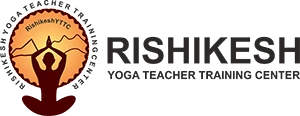
 Mantra chanting
Mantra chanting 





